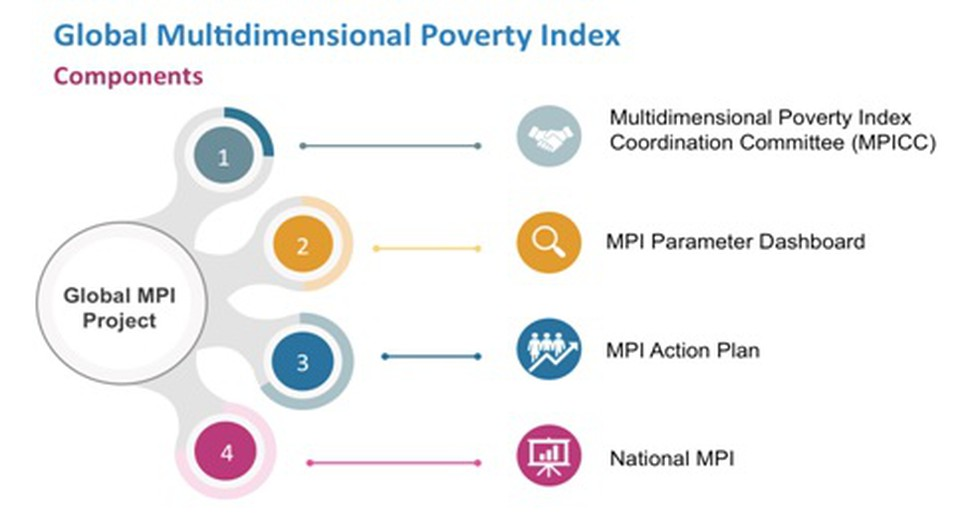UPSC Articles
Wireless fibre: Need of the hour
Part of: GS Prelims and GS-III- Technology; IT
In news
- To bridge digital divide, such technologies such as wireless fibre need to be tapped into.
- Wireless fibre uses a combination of fixed wireless, high speed microwave and fibre optic technology to deliver broadband directly to homes or businesses.
- A small satellite is installed on a poll or your roof and a cable is connected to a router where you need internet connection
- It bypasses miles of common underground fibre, copper, and cable infrastructure that often fail due to construction, flooding, or manhole accidents.
Key takeaways
- Most residential broadband today runs over cables that are laid in the ground or strung on telephone poles, that then branch off and tunnel directly into our houses.
- Laying these cables is costly,
- That is why many Internet providers expand slowly if they’re worried the returns won’t justify the expansion.
- Cell (mobile) towers are expensive, too, but they create a one-to-many connection that serves thousands of mobile devices wirelessly.
- The speeds aren’t quite fast on mobile data but for basic Web browsing and video, it’s good enough.
Advantages of wireless fibre
- Wireless fibre provides a fixed location such as a home or business with all the capacity of a mobile connection but without the need to plug a cable directly into the building.
- It is a much cheaper way for Internet providers to extend their networks.
- Wireless is also the most cost-effective as there is no need to alter surrounding infrastructure.
- It allows multiple devices to connect from anywhere you need them to.
- Wireless networks can potentially accommodate more users as they are not limited by a specific number of connection ports.















